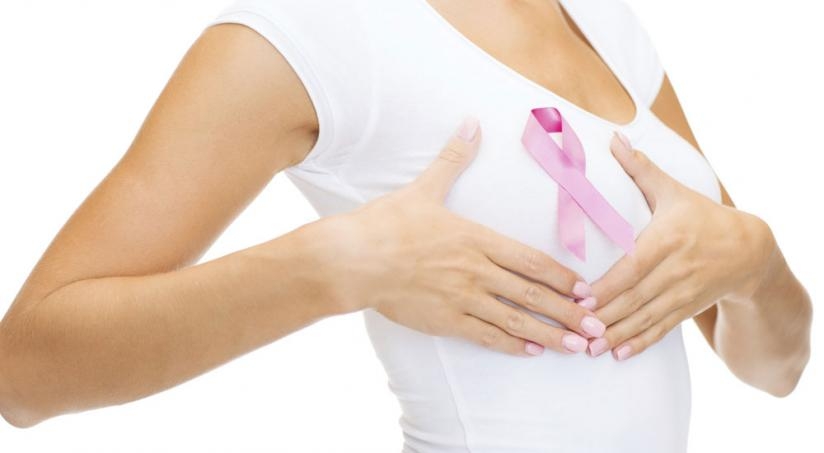Dear Doctor, The cases of breast cancer seem to be increasing and I would like to know how to carry out a self-examination and also find out some of the measures to ensure that I don’t run the risk of suffering from the disease. Yvonne


Dear Doctor,
The cases of breast cancer seem to be increasing and I would like to know how to carry out a self-examination and also find out some of the measures to ensure that I don’t run the risk of suffering from the disease.
Yvonne
Dear Yvonne,
Cases of breast cancer are indeed increasing. The prevalence is about 12 per cent worldwide. It has increased since the past four decades due to changes in life style.
It is important that all women learn to do self examination of breast, so that breast cancer can be detected at the earliest when it is potentially curable. One can stand in front of a mirror, observe the breast very well and feel it in all four quadrants, that is, upper, lower and the two sides. Any lump or even suspicious lump can be examined further for cancer, by a biopsy examination. A typical malignant lump feels hard, is painless and does not move.
Moreover if the skin over or around the nipples is puckered, nipple is inverted, there are blisters or reddish discoloration on areola, all these raise suspicion of breast cancer. Any discharge from nipple with blood traces needs urgent investigation for cancer. Mammography detects cancer at the earliest, because when a lump is big enough to be felt, the malignant process has started and already grown big enough to be felt.
Prevention of breast cancers depends on changes in life style factors. Avoiding alcohol and smoking, taking a diet with more of fresh vegetables, fruits, nuts, whole grains, milk products , fish and avoiding high fat diet, reduces risk of any cancer including breast cancer. Regular physical exercise is also helpful. One should try to have a baby early and exclusively breastfeed to avoid breast cancer. It is advisable to use brassieres of correct size and avoid very tight ones because they are also a risk factor for breast cancer. Use of hormonal pills or injections around menopause also increases the risk.
Apart from these, some risk factors are unavoidable. For example, risk increases after 40 years or so. Another is genetic factor. A woman with a female blood relative (like mother, aunt or sister) having breast cancer has greater chances of having it, than one with no family history. However, if one takes care of the preventable risk factors, the chances are much reduced.
Dr Rachna Pande is a specialist in internal medicine at Ruhengeri Hospital


